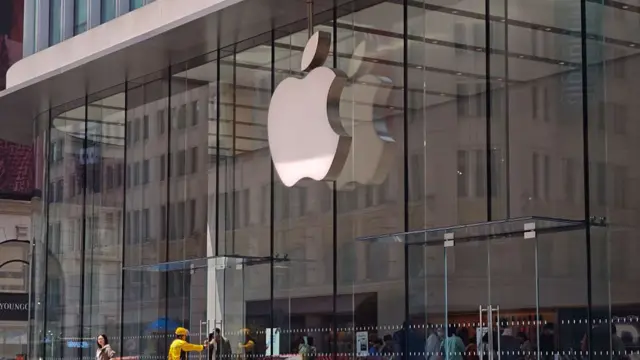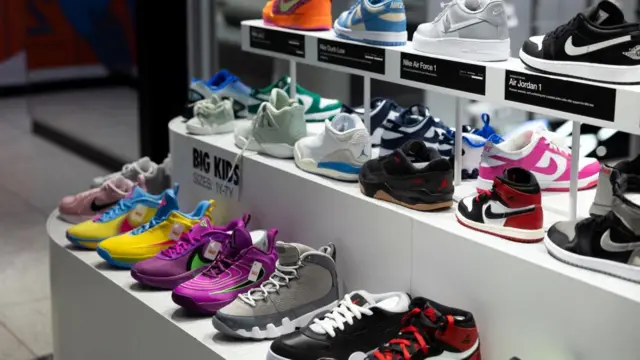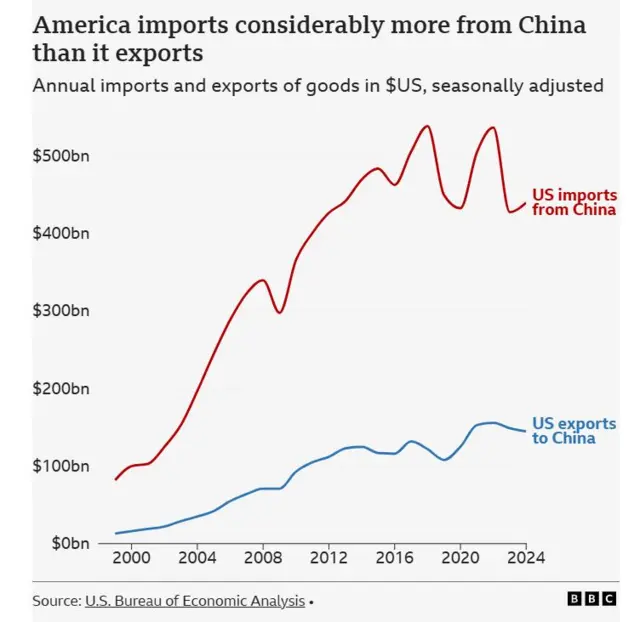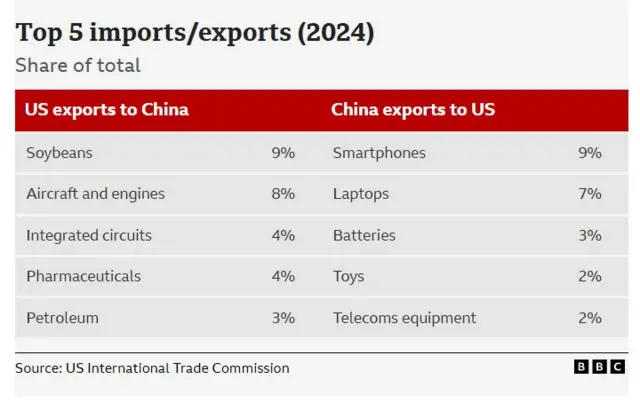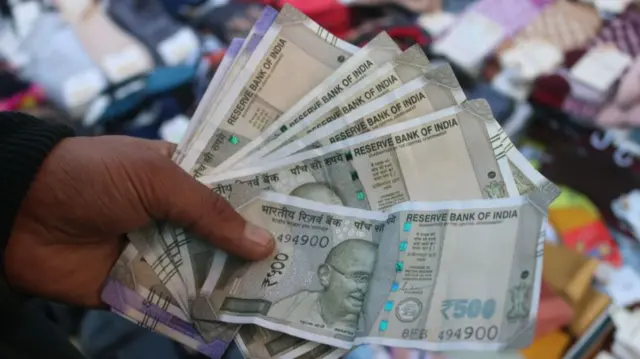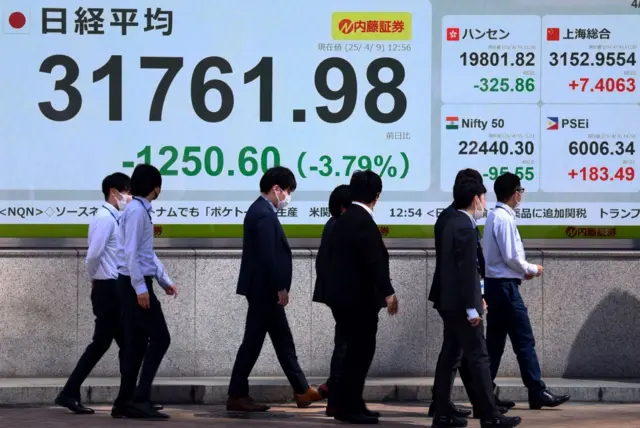
There's much more to China's economy than US exportspublished at 07:48 BST 9 April
 Stephen McDonell
Stephen McDonell
China correspondent, reporting from Beijing
It's much easier for China to be saying it will stand up to Trump than for other countries.
That’s because even though there has been so much trade coming from China into the US, it only amounts to around 2% of China's gross domestic product (GDP).
China has a huge domestic market to fall back on.
So when the Beijing government says it can ride this out, I think a lot of economists would say they can, certainly better than anyone else in the world.


